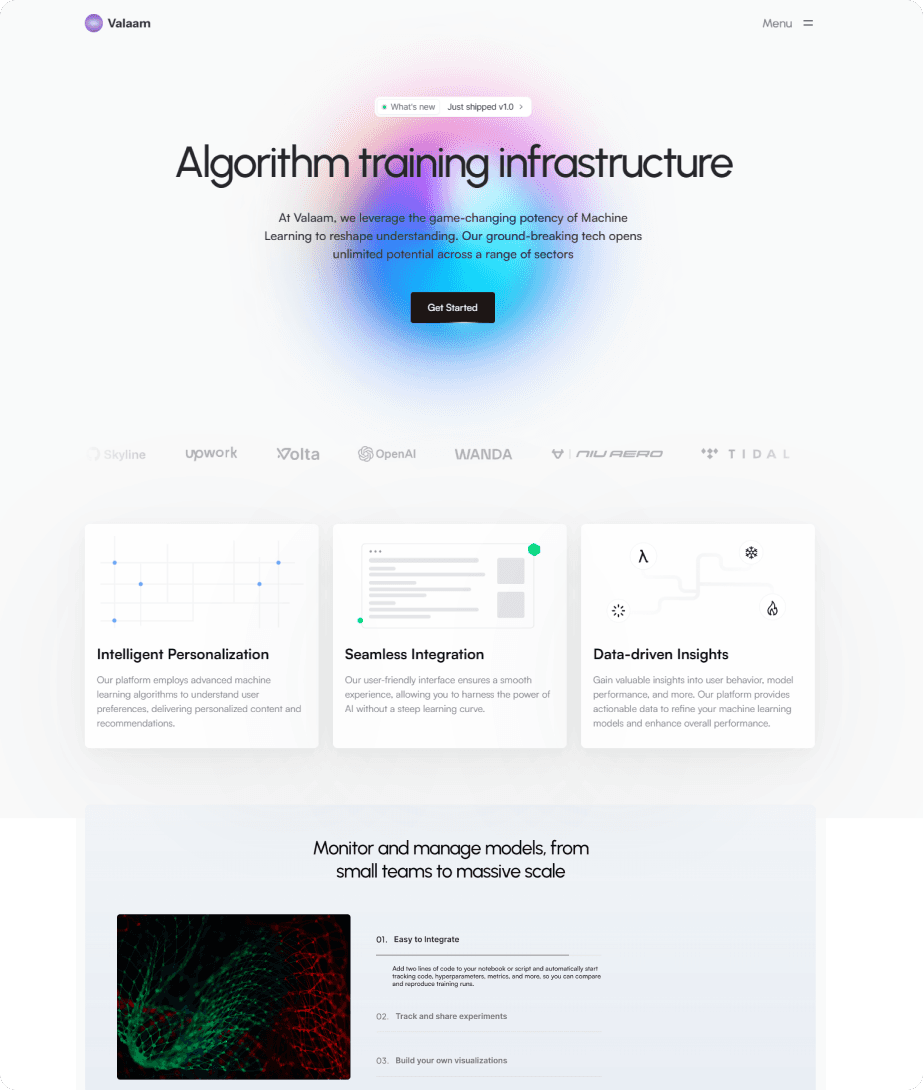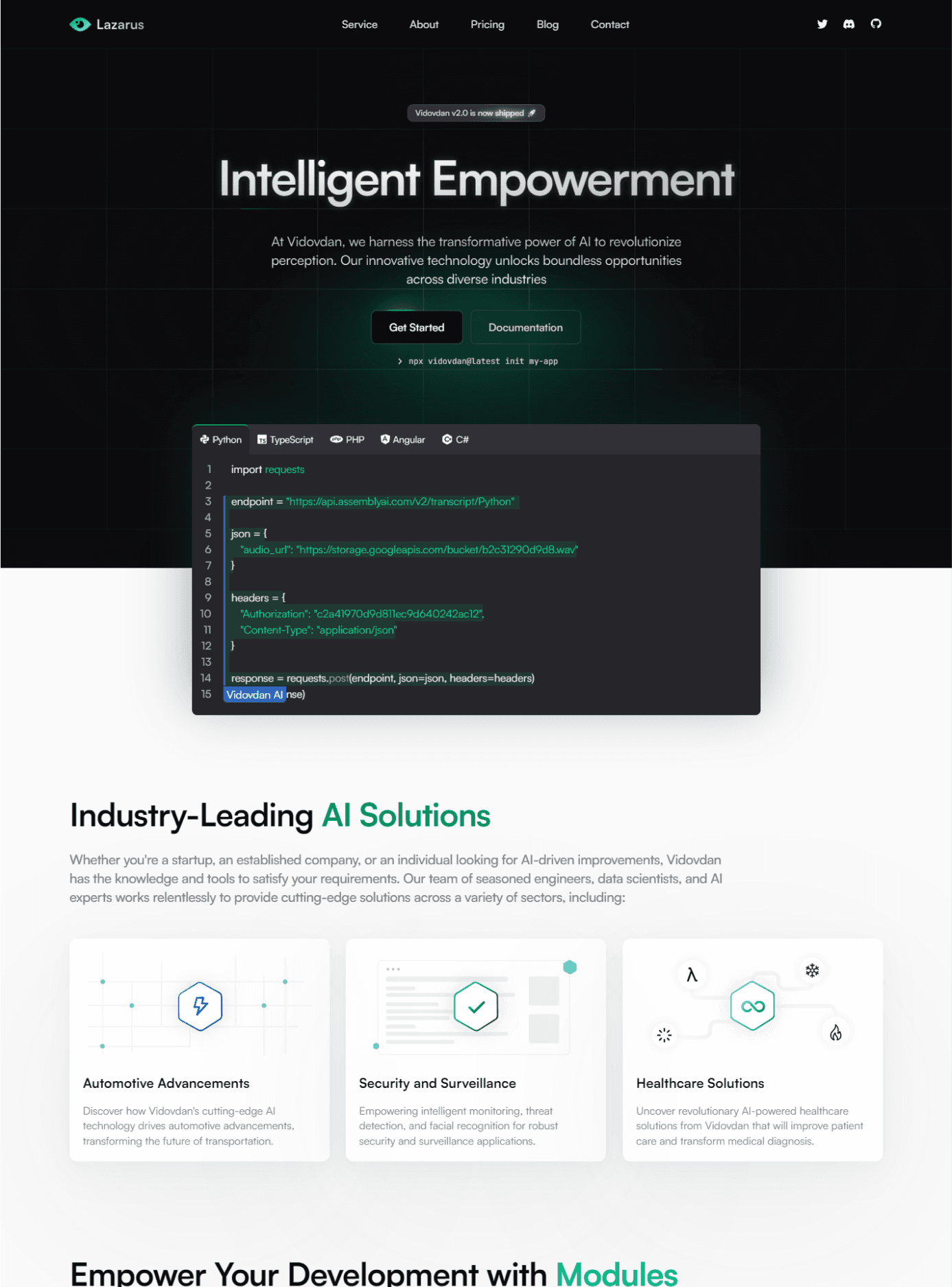Banking
CIBChecker
The need was to develop a platform that automates the verification process for SATIM/CIB payment integration in Algeria. The existing manual verification process was time-consuming, requiring a SATIM worker to manually review and approve the integration. Our solution aimed to automate critical aspects of this process, improving efficiency and reducing manual involvement.
Challenge
Manual Verification Process:
The current system required a SATIM worker to manually verify whether a website adhered to the payment gateway’s compliance rules. This process slowed down integration for merchants.
Complex Compliance Requirements:
Each website needed to include specific elements, such as the SATIM logo, appropriate HTML form structures, and CAPTCHA verification. Ensuring these were present and met SATIM’s standards was a key challenge.
Non-API-Based Payment System:
The payment process lacked a standardized API, requiring us to test the entire flow from product selection to payment verification using the SATIM gateway, without access to internal API endpoints.
CAPTCHA Handling:
CAPTCHA verification was necessary, but automating it presented challenges due to the need for human interaction.
Diverse Test Cases:
We had to test multiple scenarios with different products, payment methods, and varying form structures to ensure comprehensive verification across different merchant websites.
Results
The platform reduced the verification process time by over 80%, automating compliance checks for faster approvals. AI and automated tools ensured high accuracy while minimizing CAPTCHA solves. Blockchain-based certifications provided secure, scalable verification for multiple merchant websites.
80%
22%
70%
Process
Research and Requirement Analysis:
We thoroughly analyzed SATIM/CIB’s existing process and compliance requirements. This included understanding the necessary elements for payment form compliance, communication protocols, and how the system communicated with SATIM’s servers during transactions. Our team gathered documentation on SATIM’s requirements and discussed pain points with merchants to better understand their needs.
Building the Compliance Automation Engine:
1- HTML Verification: We developed a module to automatically scan the HTML structure of a merchant’s website to ensure all necessary elements were present. This included checking for:
SATIM logo placement
Proper payment form structure (input fields for credit card data, total amount, etc.)
HTTPS encryption for secure data transmission
Proper use of buttons and payment instructions
CAPTCHA Handling: Knowing that CAPTCHAs required human input, we designed the platform to work in a semi-automated way where human interaction was minimized. CAPTCHA was solved manually, but the platform handled everything else automatically after the CAPTCHA was solved once for each session.
2- Automating User Flows with Bots:
We created a bot system that mimicked user behavior by selecting products on the merchant’s website, proceeding through the checkout process, and verifying whether the payment process was initiated correctly. The bot would interact with the website as a real user would, including adding products to the cart, selecting a payment method, and submitting payment details.
3- Monitoring the Request Flow:
The platform tracked all network requests between the merchant’s website and the SATIM payment gateway. We analyzed the outgoing requests, ensuring they contained the correct data (e.g., payment ID, total amount) and that the responses from SATIM were handled correctly by the merchant site. This ensured that the integration followed all required standards.
4- AI-Based Compliance Checks:
AI tools were integrated to analyze visual and structural elements, verifying that the SATIM logo, branding, and form structures followed the compliance guidelines. The AI was also used to detect visual discrepancies or missing elements, providing higher accuracy and less room for error compared to manual verification.
5- Simulating Payment Success and Failure:
We tested different scenarios, such as successful payments and failed transactions, to ensure that the merchant site handled each case appropriately (e.g., proper redirection, success messages, error handling).
6- Blockchain-Based Certification:
Once all tests were passed, the platform generated a blockchain-based compliance certificate. This certificate was tamper-proof, providing both SATIM and the merchant with a transparent and immutable record of successful integration.
7- Reporting and Feedback:
Detailed reports were generated for each merchant, highlighting the steps of the verification process, any issues encountered, and whether the site passed or failed the compliance check. The merchant would receive this report, along with the blockchain certificate, for their records.
Conclusion
The SATIM/CIB verification platform automated compliance checks, reducing manual work and speeding up the process with AI, bots, and blockchain. It ensured merchants met standards before going live, offering a scalable, efficient, and secure solution that built trust between SATIM and its partners.















